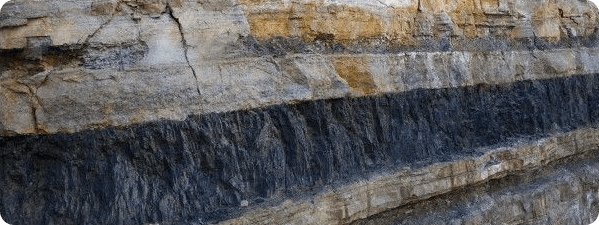Coal Mine Gas Management
Our consulting team have an extensive understanding and experience in all gassy coal basins in Australia, along with international involvement in China, NZ, Canada, Russia, Poland, and Mongolia coal seam gas projects. From the concept stage right through to mine closure, GeoGAS provide coal mine gas evaluation and control assessment that includes:
- Design and Optimisation of Gas Drainage
- Scheduling of Gas and Drilling Production
- History Match of Gas Production
- Mine Gas Emission Modelling using GeoGAS’ range of Longwall and Development emission models
- Outburst potential assessment and control strategy
- Mine Ventilation Studies
- Short and long-term scheduling of gas and drilling requirements
- Due diligence and risk assessments
- Independent technical reviews
- Training of Geologists, Engineers, and Mine Gas Technicians in Gas Reservoir Assessment and Mine Gas Management
- Fugitive emission assessment & mitigation

Gas Drainage Support
Many drilling and gas drainage installations are not ideally designed and operate on less than optimum operational settings.
GeoGAS is well equipped to troubleshoot issues with potentially large savings from reduced mining downtime.
Gas drainage support covers design of underground and surface based installations, the most effective operational settings and techniques, gas and water flow measurement, calculation, reporting and analysis.
Gas Modelling Suite

The core of GeoGAS’ modelling suite is the gas reservoir simulator SIMEDwin. It underpins our gas drainage, gas production and gateroad emission modelling.
Typical applications are:
- Design and refinement (through history matching) of surface to in-seam (SIS) wells, underground in-seam (UIS) boreholes.
- Input to engineering design for pump specifications, water and gas handling.
- Local or ‘life of mine’ gas and water production modelling for coal mine methane (CMM) and coal bed methane (CBM) applications.
Gateroad emission modelling is based on either empirical flow decline curves or more commonly SIMEDwin decline curves. It is a comprehensive model tailored to a specific site and gives the client control in assessing the effect on intake and return gas concentrations of parameters such as panel advance rate, panel length, two or three heading driveage, ventilation air requirements and intake/return pressures.
Unlike the widely used European models, GeoGAS’ longwall emission “Pore Pressure” model provides the most realistic longwall emission modelling, mimicking the actual processes involved. It is particularly suited to Australia’s high production rates and fundamentally distinguishes between carbon dioxide and methane emissions, reflecting their marked differences in desorption pressure. Like all models, it requires calibration to achieve its potential with the output leveraged through its ties to gas reservoir size determinations and, where empirical data exist, GeoGAS’ “response model”.
GeoGAS can assist in designing environmental monitoring schemes, post drainage and gas capture. Back analysis of longwall emissions based upon comprehensive and calibrated models. Operations support includes routine longwall emission surveys and longwall completion reports.
Instantaneous Outburst of Coal and Gas
Underground Australian coal mines have a long and widespread history of instantaneous outbursts of coal and gas (outbursts).
Every gassy underground mine has a management plan to combat this hazard. Fundamental to outburst control is the notion that if the gas content is reduced to a low enough a level, an outburst will not occur regardless of the severity of other conditions.
GeoGAS' fast desorption method was specifically developed to provide reliable and timely assessments of gas content as part of the 'Approval to Mine' process.
Because a canister leakage, data inadequacies or an error can have serious consequences, GeoGAS takes the time to identify the source of these errors and minimise the likelihood of their re-occurrence. This level of quality control extends to all our testing applications.
Allied to the fast desorption method is GeoGAS Desorption Rate Index (DRI) which is used to set and review gas content outburst threshold values for mines generally.
Effective outburst management depends critically on where compliance sample cores are taken and their frequency. GeoGAS consultants can design sampling schemes to obtain the required number of cores at the least cost (surface or underground).
GeoGAS’ testing and modelling is evaluated against our extensive gas reservoir database - aiding the process of continual improvement.